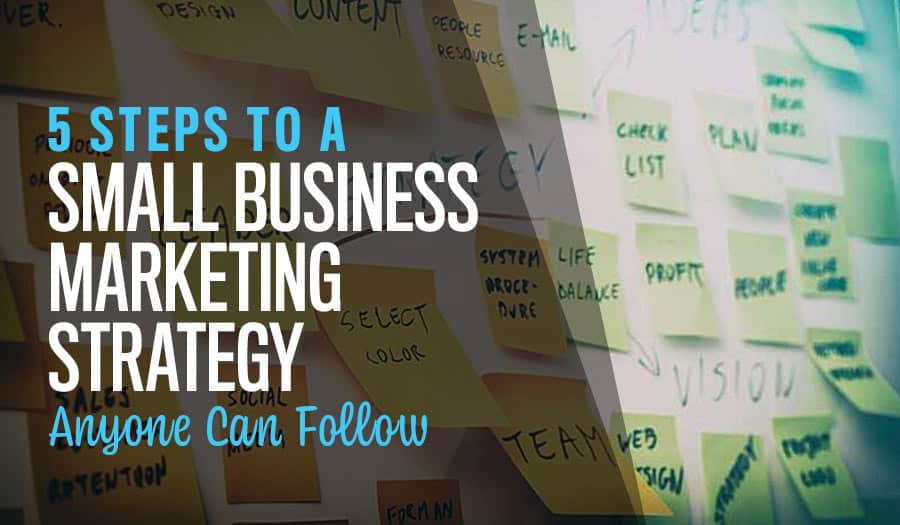Where large corporations succeed, small businesses often suffer. Coming up with a Small Business Marketing Strategy is a complex proposition but one that is necessary for the growth and survival of your business.
But if you have limited resources and knowledge of the concept, how can you succeed? Here are 5 steps every small business owner can take to get started in a successful and sustainable marketing strategy.
5 Steps to a Small Business Marketing Strategy Anyone Can Follow
- Start With a Website
- Find Your Niche
- Understand Your Competition
- Highlight Your Benefits
- Find the Right Marketing Partner
1. Start With a Website
A business website has gone from optional to absolutely essential in the past few years. Without it, you cannot provide a reliable way for potential clients to find you and contact you for more specific information.
Without a website, you must rely entirely on the unreliable word-of-mouth alternative. A website, however, especially when optimised for search engines, allows your audience to find you easily when they look for a business like yours.
2. Find Your Niche
Next, it’s time to understand exactly what type of audience you will be targeting. Your choices here can vary wildly. Audiences differ based on their geographic location, demographic information, and even the interests and aspirations they tend to share. Which of these segments works best depends entirely on your product or service.
One step to finding your audience niche is understanding your existing customers better. Can you find common characteristics among them? What exact needs does your product or service solve, and what audience group might be most interested in that solution? What income levels are you looking to target?
3. Understand Your Competition
Within your niche, who are the businesses most likely to provide competition for your audience’s attention? That competition may be direct, such as other businesses offering the same products or services. But it could also be indirect; for instance, a women’s clothing boutique may compete with a shoe store for the same audience segment and discretionary income.
Finding a niche with the perfect audience size and competitive balance is key. Narrowing your niche too much may reduce potential competition and limit your business opportunity. Widening it, on the other hand, makes your messaging less focused and increases the competition. Finding a middle ground is crucial to success.
4. Highlight Your Benefits
With the above two variables in mind, it’s time to work on your messaging. More specifically, you have to formulate what marketing experts call a unique value proposition: what is the core benefit you can provide to your audience that no one else can?
That value proposition may be focused on convenience (no one else can do it on such short notice), price (no one is cheaper), or value (you get the most with our product or service). But be careful to focus on sustainability. Price, for example, can easily turn from unique to problematic if a competitor decides to slash its own prices.
5. Find the Right Marketing Partner
You have established a marketing framework poised to help you succeed by going through the above four steps. Now, you need to build a strategy based on that framework.
This is where many small businesses struggle the most. Many online and offline marketing opportunities promise to be effective, but how do you know which is best?
One way to make the right decision is to partner with a marketing agency that has experience in your field and works with companies your size. The right partner can help build your website and find the right marketing channels to help you grow your brand awareness.
We’d love to be that partner for you. Contact us today to learn more about our services and how we can help you be successful in marketing your small business, even if you have limited knowledge of the topic.
Speak to Sydney’s leading Web Agency and take your business to the next level with a Pixel Fish Website.
Check out some of our latest Website Design projects.
Further Information:
How to Drive Website Traffic with Podcasting for your business
Top Tips for Selling Subscription Products Online
How to Use Instagram to Drive Website Traffic for your business
How to Create the Best Website Structure to Boost SEO
How to Use Your Website as a Recruiting Tool For Your Business
How to Create Effective Website Case Studies to Showcase Your Success
WordPress Divi Theme Best Features: What you need to know



